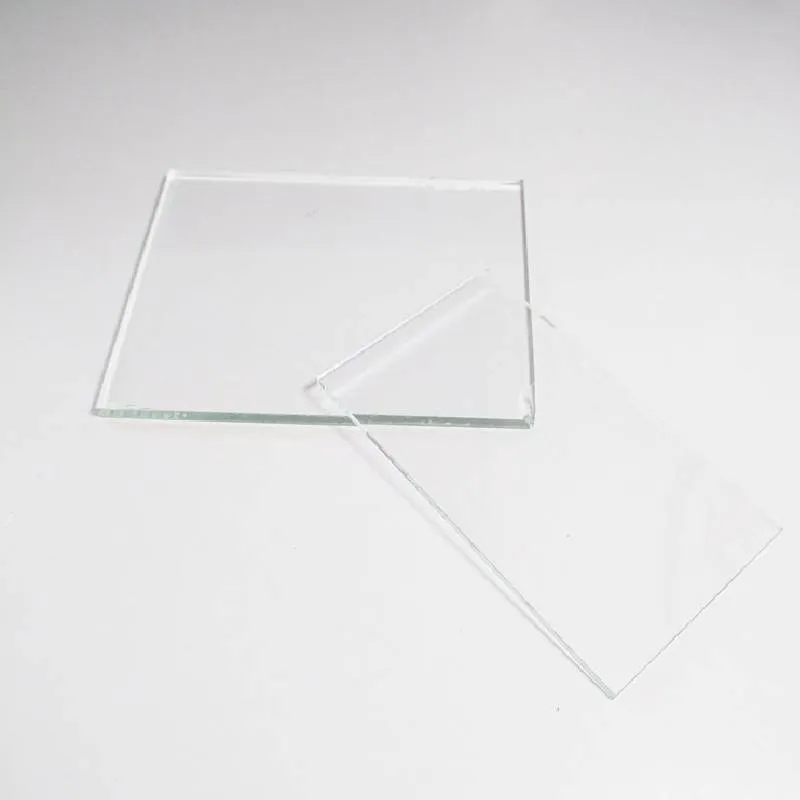The Plate Glass Manufacturing Industry An Overview
Plate glass, a flat glass product characterized by its clarity and smooth finish, plays an essential role in various sectors, including architecture, automotive, and decorative applications. The plate glass manufacturing industry has evolved significantly over the years, driven by advancements in technology, changing consumer preferences, and increasing demand for sustainable and energy-efficient products. This article explores the key aspects of plate glass manufacturers, their processes, challenges, and future trends.
Historical Context
The production of plate glass dates back to ancient civilizations, but the modern manufacturing techniques began to take shape in the 17th century. Initially, plate glass was produced using labor-intensive methods, leading to high costs and variable quality. However, the introduction of the float glass process by Sir Alastair Pilkington in 1952 marked a revolutionary step in plate glass manufacturing. This technique involved floating molten glass on molten tin, resulting in a smoother surface and superior optical quality. Today, the float glass method remains the dominant production technique for plate glass.
Manufacturing Process
The manufacturing of plate glass involves several critical steps, including raw material preparation, melting, forming, annealing, and finishing. The primary raw materials used in the production of plate glass are silica sand, soda ash, and limestone. These materials are mixed and heated in a furnace at high temperatures to create molten glass.
Once the glass reaches a liquid state, it is either poured into a float bath or formed into flat sheets using various technologies such as drawing and rolling. The glass sheets are then cooled slowly in a controlled environment through a process known as annealing. This step is crucial as it relieves internal stresses that could lead to breakage. After cooling, the glass is cut into required dimensions, polished, and subjected to additional treatments, such as coatings for energy efficiency or safety.
Industry Challenges
plate glass manufacturers
Despite its growth, the plate glass manufacturing industry faces several challenges. One of the most pressing issues is the volatility of raw material prices. The costs of silica sand and other essential materials can fluctuate significantly, impacting profitability. Additionally, sustainability has become a critical concern. Manufacturers are under increasing pressure to reduce their carbon footprint and adopt environmentally friendly practices. This includes optimizing energy consumption during production, recycling glass waste, and developing new processes that reduce pollution.
Labor availability is another challenge. The manufacturing sector has seen a decline in skilled labor, which creates a skill gap in operating complex machinery and maintaining quality standards. Manufacturers must invest in training and development to ensure their workforce is equipped for modern production techniques.
Future Trends
As the industry looks ahead, several emerging trends are likely to shape the future of plate glass manufacturing. One such trend is the growing demand for advanced glazing solutions in architecture. Energy-efficient glass that minimizes heat loss and improves insulation is increasingly sought after, prompted by global energy conservation efforts.
Smart glass technology is another area of potential growth. This innovative glass can change its properties in response to environmental conditions, such as light and temperature. As smart buildings become more prevalent, the demand for such technology in plate glass products is expected to increase.
Moreover, the integration of automation and artificial intelligence in manufacturing processes will enhance efficiency and reduce operational costs. Advanced machinery can help streamline production lines, and AI can improve quality control and predictive maintenance, minimizing downtime.
Conclusion
The plate glass manufacturing industry stands at the crossroads of tradition and innovation. With a rich history and a robust manufacturing process, it has paved the way for numerous applications across various sectors. However, challenges such as raw material volatility, sustainability, and labor shortages must be addressed to ensure long-term viability. By embracing technological advancements and adapting to emerging market trends, plate glass manufacturers can continue to thrive in an ever-evolving landscape. As the industry moves forward, its commitment to quality, sustainability, and innovation will be paramount in shaping the future of plate glass.
 Afrikaans
Afrikaans  Albanian
Albanian  Amharic
Amharic  Arabic
Arabic  Armenian
Armenian  Azerbaijani
Azerbaijani  Basque
Basque  Belarusian
Belarusian  Bengali
Bengali  Bosnian
Bosnian  Bulgarian
Bulgarian  Catalan
Catalan  Cebuano
Cebuano  Corsican
Corsican  Croatian
Croatian  Czech
Czech  Danish
Danish  Dutch
Dutch  English
English  Esperanto
Esperanto  Estonian
Estonian  Finnish
Finnish  French
French  Frisian
Frisian  Galician
Galician  Georgian
Georgian  German
German  Greek
Greek  Gujarati
Gujarati  Haitian Creole
Haitian Creole  hausa
hausa  hawaiian
hawaiian  Hebrew
Hebrew  Hindi
Hindi  Miao
Miao  Hungarian
Hungarian  Icelandic
Icelandic  igbo
igbo  Indonesian
Indonesian  irish
irish  Italian
Italian  Japanese
Japanese  Javanese
Javanese  Kannada
Kannada  kazakh
kazakh  Khmer
Khmer  Rwandese
Rwandese  Korean
Korean  Kurdish
Kurdish  Kyrgyz
Kyrgyz  Lao
Lao  Latin
Latin  Latvian
Latvian  Lithuanian
Lithuanian  Luxembourgish
Luxembourgish  Macedonian
Macedonian  Malgashi
Malgashi  Malay
Malay  Malayalam
Malayalam  Maltese
Maltese  Maori
Maori  Marathi
Marathi  Mongolian
Mongolian  Myanmar
Myanmar  Nepali
Nepali  Norwegian
Norwegian  Norwegian
Norwegian  Occitan
Occitan  Pashto
Pashto  Persian
Persian  Polish
Polish  Portuguese
Portuguese  Punjabi
Punjabi  Romanian
Romanian  Russian
Russian  Samoan
Samoan  Scottish Gaelic
Scottish Gaelic  Serbian
Serbian  Sesotho
Sesotho  Shona
Shona  Sindhi
Sindhi  Sinhala
Sinhala  Slovak
Slovak  Slovenian
Slovenian  Somali
Somali  Spanish
Spanish  Sundanese
Sundanese  Swahili
Swahili  Swedish
Swedish  Tagalog
Tagalog  Tajik
Tajik  Tamil
Tamil  Tatar
Tatar  Telugu
Telugu  Thai
Thai  Turkish
Turkish  Turkmen
Turkmen  Ukrainian
Ukrainian  Urdu
Urdu  Uighur
Uighur  Uzbek
Uzbek  Vietnamese
Vietnamese  Welsh
Welsh  Bantu
Bantu  Yiddish
Yiddish  Yoruba
Yoruba  Zulu
Zulu 

